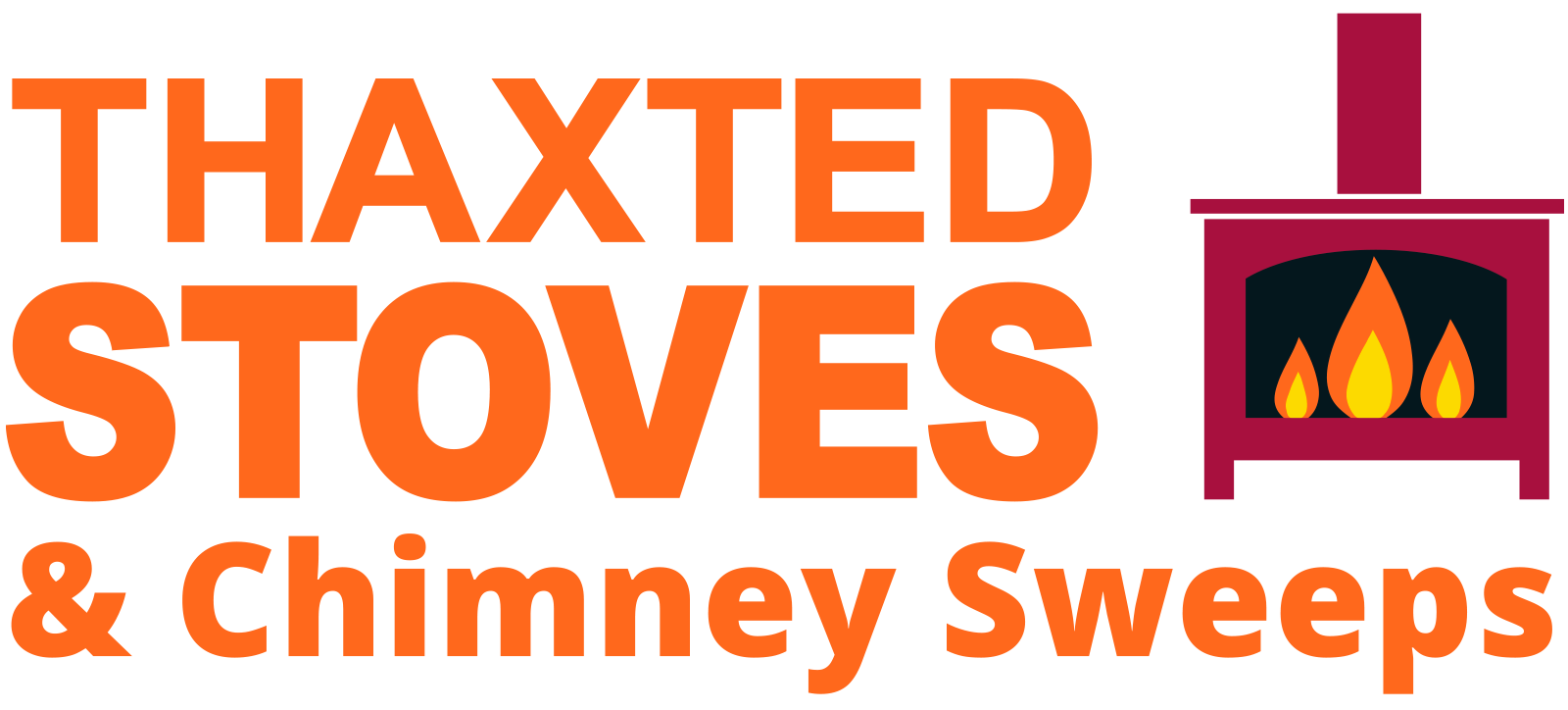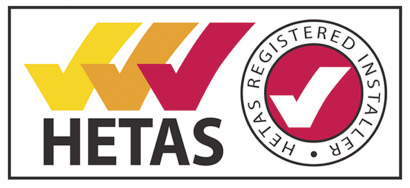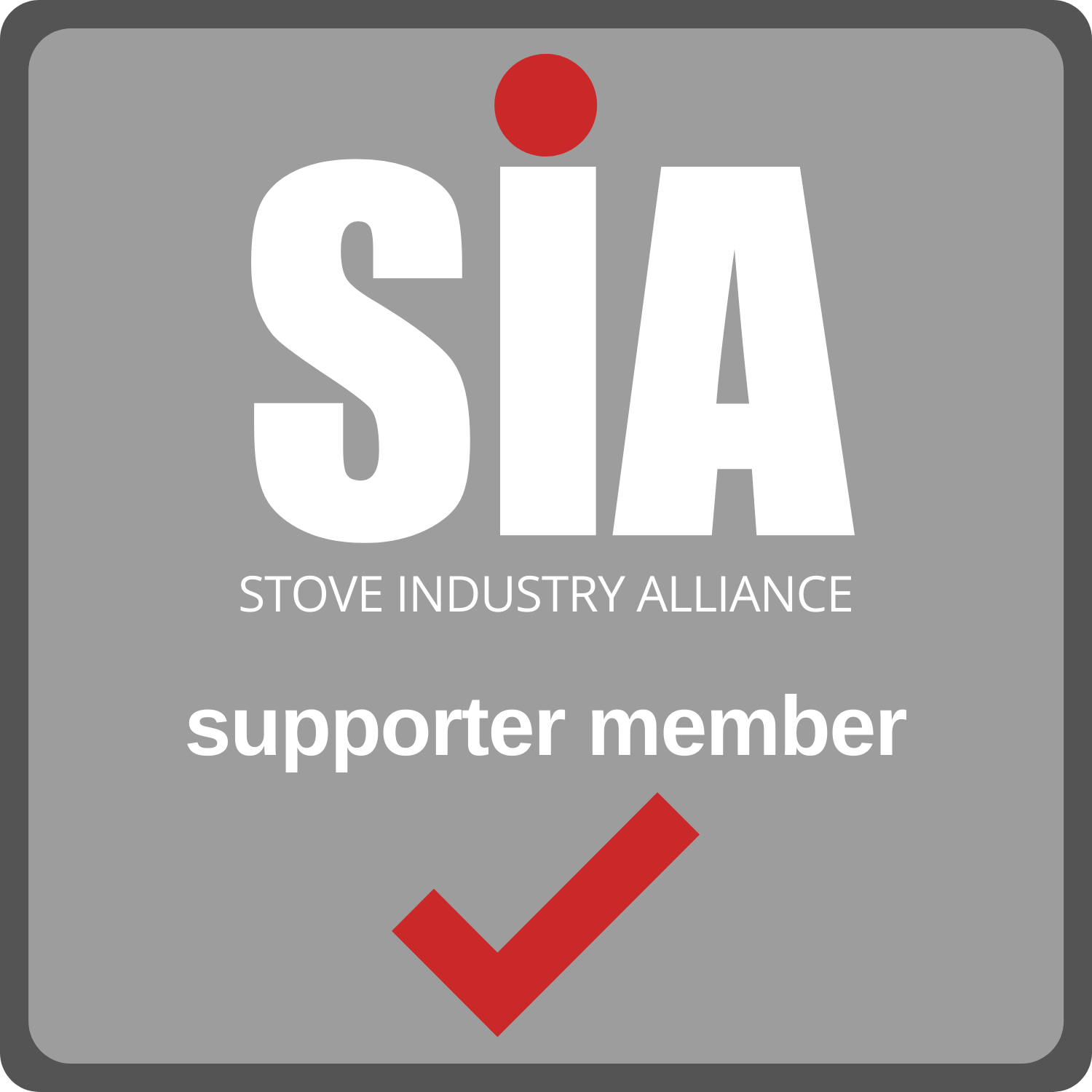FAQS
Answers to the most frequently asked questions about wood burning stoves. Why not visit our showroom to find out more?
Yes. The average wood buring stove can be upto 80% efficient, meaning that 80% of the heat generated by the burner radiates out into the room with only 20% of it being wasted up the chimney.
Though they do look warm, an open fire is around 15% efficient meaning that only 15% of the heat it generates goes out into the room and the the larger proportion of 85% going up the chimney.
A wood burner also radiates the heat of the fire for many hours after it has gone out.
Yes! We have a brand new showroom allowing us to supply all of the major wood/multi fuel and electric stove brands at very competitive prices.
No. On the contrary they are here to stay and designed to be eco friendly – read more here >>.
It is often assumed that the type of stove you need can be calculated by measuring the area of the room it is in. The size of the room is the most important because the burner needs to be able to heat the entire room, there are however a large number of additional factors that need to be taken into account.
- The age of the house
- The level of insulation
- The number and type of doors.
- The number and size of the windows
- The type of windows. (Double-glazing obviously has an impact.)
- Proximity of other heat nearby sources (radiators, boiler, Aga, heater etc.)
If you already have a fireplace, then the size of the opening will also have an impact on the size of stove you can have. We will advise you on the most appropriate stove for your house when we visit you to give you your free survey.
If you already have a chimney you don’t necessarily need a chimney liner, however we would strongly advise that you get one installed at the same time as your wood burning stove.
To guarantee the most efficient working of a wood burning stove, the exit route for the heat must be a straight, clear and warm. The straighter the exit, the quicker the warm air is able to travel upwards providing an efficient airflow channel for the fire. The clearer the exit, the less interference there will be with the air flow and the warmer the exit, the quicker the warm air will travel upwards. All of these elements contribute to the efficient working of your wood burner,
The condition and route of an old chimney can vary but once a chimney liner has been installed you can guarantee an efficient airflow to give your wood burning stove the maximum opportunity for efficiency. It also hugely reduces the risk of chimney fire.
Additionally, the most damaging thing for your chimney is a buildup of moisture. Regardless of how dry the logs you use it, there is always some amount of water in wood. If your chimney is not sufficiently hot this can cause condensation which when mixed with soot becomes tar which can be corrosive and damaging for your chimney. A good flue system also reduces the buildup of moisture and therefore soot.
Yes you can. Providing it is safe, we can install a stove in any room with a twin-wall flue system. Alternatively you might want to consider an electric stove option. Visit our showroom to find out more.
Yes, you can. We have been installing wood burning stoves in thatches properties for many years. We also are certified to install wood burning stoves in thatched properties and comply with all of HETAS’ required building regulations that will protect a thatch from heat transference through the chimney structure. For more information, click here.
The best fuel to burn in a wood burning stove is wood, ideally dried over two seasons with at least one cut face.
You can burn fresher wood than that, but the fresher (or ‘greener’) a log is, the more water it contains and for that log to burn, it must first burn off this water. Burning ‘green’ logs results in a fire that is slower to start, that burns at a lower temperature and that gives off lots of additional moisture which can result in the damaging tarring of your flue.
You can buy kiln dried wood, which is slightly more expensive (as it does have near 0% moisture levels) and it burns extremely well. We would advise caution with kiln dried wood, however, as it burns so hot and fast, it is quite easy to overheat you wood burner.
There are a number of different types of wood pellets but the usage of these depends entirely on the type of wood burning stove that you have.
You start a fire in a wood burning stove in exactly the same way you would in an open fireplace. We suggest placing a couple of pieces of kindling on the bottom of the wood burner. Put a fire lighter (or crumpled up newspaper) ontop, balance kindling around the fire lighter like a wigwam then light it at the bottom.
Once the kindling is burning well add larger and larger bits of wood.
NOTE: Each wood burning stove works slightly differently so please read the instructions to find the best method.
Yes, we would suggest that, to ensure the efficiency of your wood burning stove, you should get your chimney swept every six months. This will ensure that the chimney is clear of soot and tar allowing your wood burning stove to work to its optimum efficiency.
Perhaps your stove was fitted a long time ago, or you purchased a property that already had a wood burner – we can still help with stove repairs and maintenance and can even fit chimney linings for existing stoves.
A stove that is not fitted properly or that is faulty can kill! Therefore it is not legal in England to fit a stove unless you use either a local authority registered or a HETAS registered installer. The fitting of a stove must comply with building regulations and failure to do so, as well as being extremely dangerous, can lead to enforcement notices from your local authority, not to mention the problems that can be caused with insurance and future house sales.
For a survey to see how a wood burning stove can benefit your home
Covering Cambridgeshire | Essex | Hertfordshire | Suffolk




